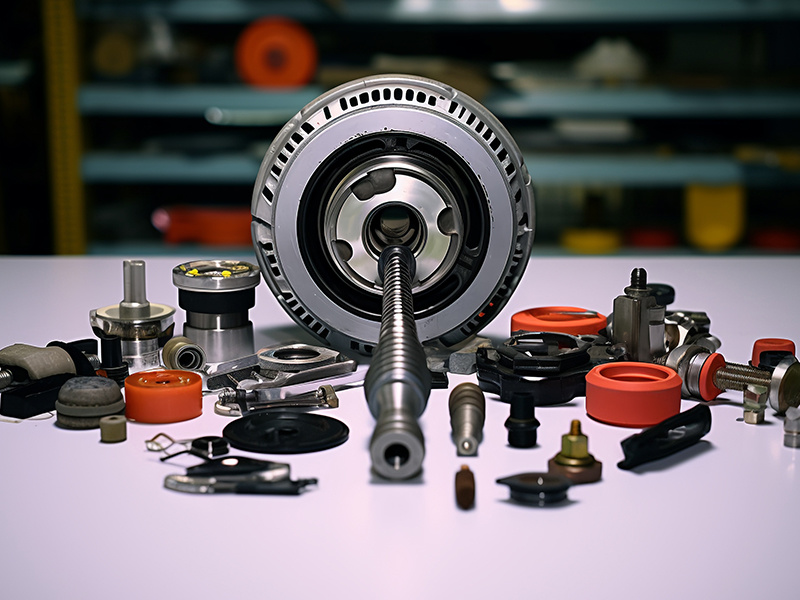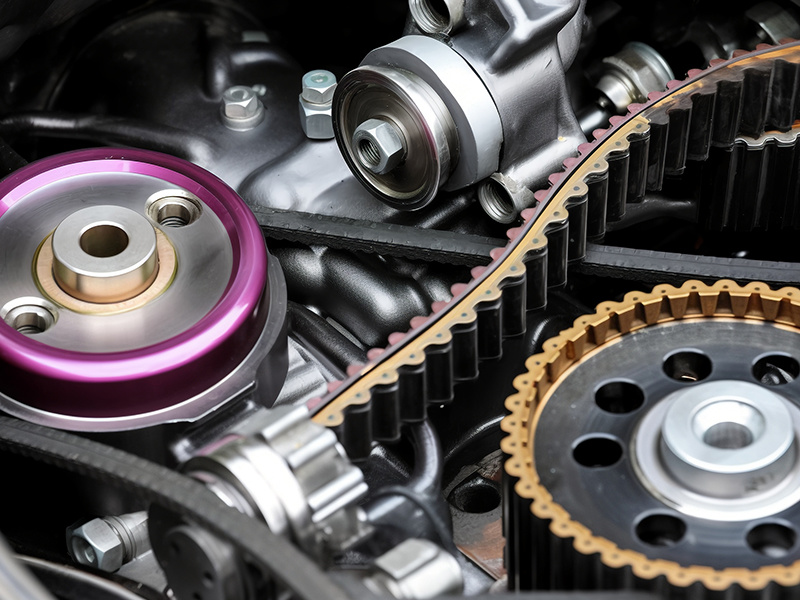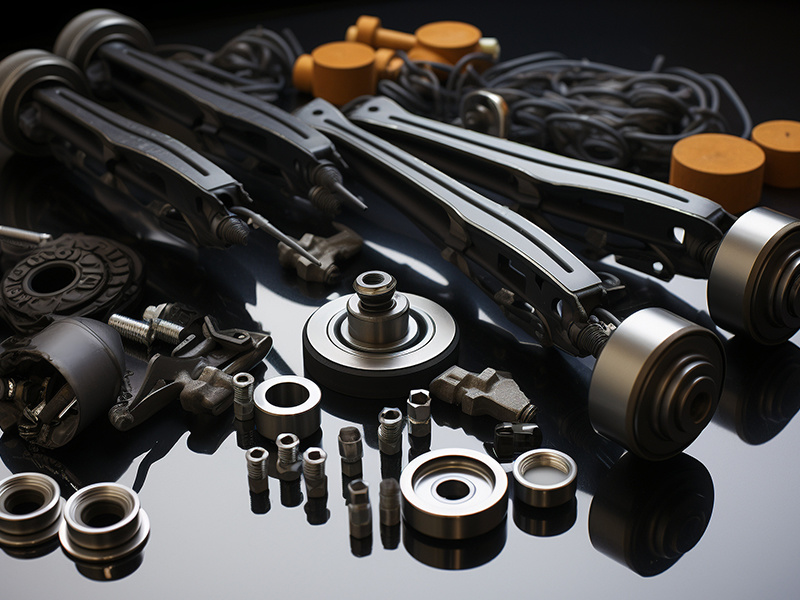Composition of automobile brake system
Energy supply device: responsible for supplying and regulating the energy required for braking. It may include brake fluid tanks, high-pressure gas storage devices and other equipment, which help optimize the performance of the transmission medium. The energy supply means may take manual or auxiliary forms, such as air-assisted, hydraulic-assisted and air-hydraulic compound systems.
Control device: responsible for generating braking action and adjusting braking effect. It includes components such as the brake pedal and parking brake, with both manual operation and electronic control options. The driver controls the operation of the brake system by operating these components.
Transmission device: plays the role of energy transmission. It transmits braking energy to different parts of the brake, such as the brake master cylinder and wheel cylinder, through air pipes, hydraulic pipes, cables and other media. The gearing ensures that the braking energy is accurately and efficiently transferred to the brakes.
Brake: As an actuator, its task is to actually stop the movement of the vehicle or slow down its movement trend. It is one of the most important parts of the brake system, common types are drum brakes and disc brakes. Drum brakes have the advantages of less wear of brake shoes and lower cost; while disc brakes have the advantages of good heat dissipation and good braking efficiency.
TAG:
Next
Next:
Related Posts










